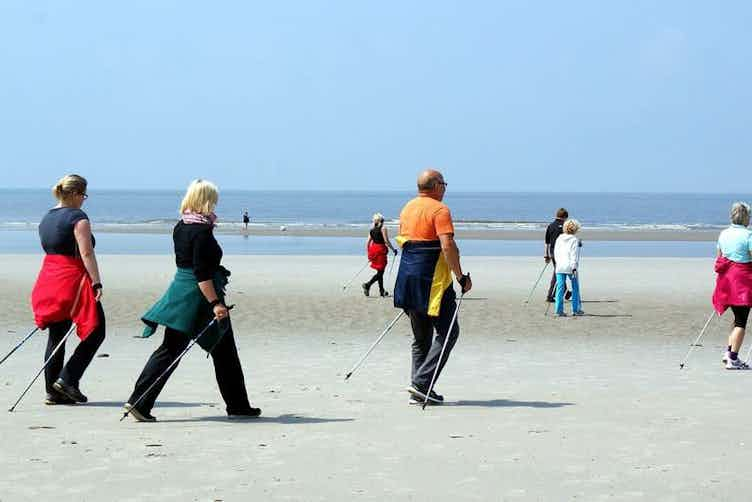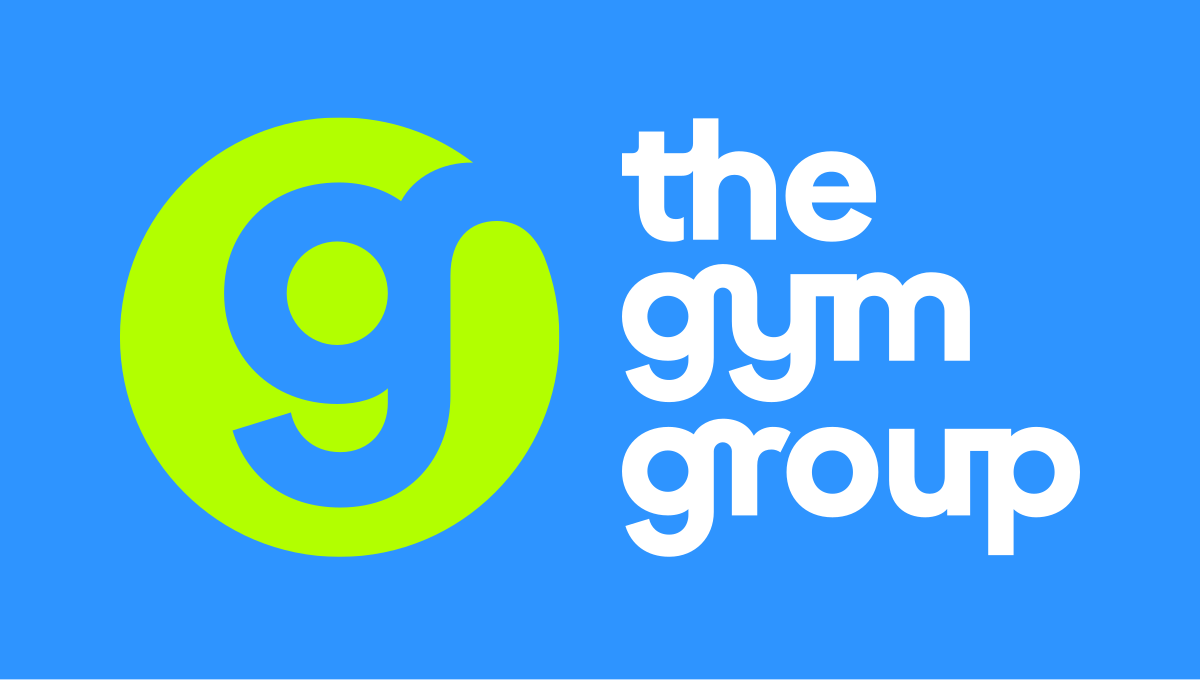If you’ve ever injured your knees, shoulders, wrists, or any other joint in your body - you’ll be well-accustomed to the frustration of not being able to do the activities you used to do.
Particularly if your knee joints have suffered, you might have decided that running is no longer an option, and that probably wrote off most of the sports you played regularly.
I was just 20 years old when I got severe tendonitis in both of my knees. I tried everything - physio, stretching, strengthening, corticosteroid injections; but none of that gave me the speedy recovery I was hoping for. I avoided running and all sports that involved running for over five years before they finally recovered.
Ready to transform your life? Whether you're looking for a new pair of running shoes or some shiny home gym equipment, you can find everything you need to fuel your fitness journey with our partner brands.
After getting tendonitis in my knees, did that mean I stopped doing exercise altogether? Not at all, and far from it! I continued to stay fit with weight-lifting, cycling and swimming.
Of course, when you’re over 50, you’re not quite the spring chicken you once were in your early 20s, but that doesn’t matter. There are tons of low-impact activities and workout types you can do when you’re over 50. So, here are 12 of our favourite low-impact exercises you can do that won’t stress your joints.
Green gyms
Are you put off by the sight and sound of bald, grunting men in the weights area of your local gym? If you’d still like to do resistance training, but in the fresh air and beautiful green space around you, you might want to have a look for a “green gym” that’s local to you.
At a green gym, you will be guided in practical activities like planting trees, sowing meadows and establishing wildlife ponds. You can search for your local green gym by going to The Conservation Volunteers’ website.
A workout at a green gym will burn hundreds of calories, get you out making friends, and allow you to give something back to your local community--all of which is low-impact on your joints.
Tai chi
Tai chi can help to build up your balance, strength and flexibility. It’s also great for your mental wellbeing.
Look for a good teacher with experience in teaching beginners. After you’ve mastered the basics, you’ll be able to practice at home and incorporate it into your daily routine.
Yoga
Whether you go to a regular class or do some exercises at home, Yoga can improve your strength, wellbeing, balance and flexibility. Yoga involves holding postures and practising breathing techniques, both of which have no impact on your joints.
Carol Murphy of Green Lotus Yoga told us: "Yoga is such a wonderful practice for over 50s. It can help with joint stability, core strength and general mobility. Most classes move the body in all planes of motion so are really great for creating an energy flow through your entire system. However, the real gift of yoga for the over-fifties is controlled breathing during the posture work which helps to regulate the nervous system out of stress and trauma, balance heart rate variability and even helps to normalise blood pressure, if done correctly. When the nervous system is balanced, all of the other systems in the body can optimise to the best of their ability. This is the secret gift of yoga."
Dancing
Why not have some real fun when you exercise? From Zumba to ballroom dancing, there’s a style of dancing to suit everyone. What’s more, by going to a regular class, you can reap the social benefits and make new friends.
Pilates
Similar to Yoga, Pilates involves holds and exercises which focus on strengthening your body and its muscles. This helps to improve your overall posture and bodily strength. You should be able to find a Pilates class in your area, or at your local gym.
Workout at home
Follow some of our low-impact and short 10-minute workouts below:
- Easy exercises for inactive over 50s
- Basic strength and mobility exercises for over 50s
- 10-minute firm butt workout for over 50s
Walking
Walking burns fat and improves the health of your cardiovascular system. Moreover, unlike running, it’s low-impact. You can easily decide on the pace and level of difficulty. To burn extra calories, you could incorporate some power walking and build up your endurance bit by bit. Instead of taking the car up to the shops, walk instead. By trying to do more each day, you will burn more calories and be healthier.
Nordic walking
Instead of walking in the usual fashion, Nordic walkers use poles while walking, which activates many of the muscles in your upper body. All of this helps burn more calories and fat, make you fitter, and reduce depression and anxiety according to Harvard Health.
Just like conventional walking, Nordic walking is low-impact, and a perfect way to stay fit and healthy while sparing your knees from injury.
Bowls
You’ll have probably seen bowls clubs in your local area, and while it might not look like exercise, a game of bowls is an excellent substitute for a light workout that’s good for your posture, flexibility and balance.
Often bowls clubs will have a bar, and organise regular social events. Also, being part of a bowls club will help you engage with the locals in your community, make friends and enjoy your free time. You can look for your local bowls club by going here.
Aqua aerobics
Aqua aerobics involves doing similar movements to a studio aerobics workout, but in water that’s about waist-high. You will run or walk backwards and forwards, and you’ll use the gentle resistance provided by the water to work your muscles and joints. It’s another excellent way to get the benefits of exercise while not putting undue stress on your joints.
Cycling
Unlike running, cycling regularly won’t put stress on your joints; it gives you an all-round cardiovascular workout and burns lots of calories. You could look for a local cycling group in your area, or just get out on your own and go for a ride.
To avoid injury, make sure you have a bike that’s not too big or small for you, a comfortable saddle and handlebars set to the right height.
Outdoor gyms
Rather than paying for what can often be expensive monthly memberships, why not work out in your local park or green space instead? Outdoor gyms have resistance machines, similar to a gym, which can work different areas of your body. You’ll also be out in nature and engaging with the locals.
Don’t do too much exercise too soon
If it’s been a long time since you did any form of activity, perhaps because of an injury, or you’ve just been lazy, you mustn’t overtrain and do too much too soon.
The activities listed above are indeed all low-impact, but take it easy in the beginning, and gradually build up the strength in your muscles and joints.
We spoke to James Hanley from Revolution Fitness, who told us: "As we age, it's important to incorporate low-impact exercises into our fitness routines to protect our joints and prevent injury. Swimming, yoga, and cycling are all excellent options that can provide a full-body workout without putting too much strain on the body. By incorporating these activities into our weekly routine, we can maintain our fitness levels and improve our overall health and well-being."
If you’re experiencing pain or exhibiting other symptoms during or after exercise, you should stop what you’re doing and seek medical attention.
With Scan.com, you can take action quickly and put your mind at ease.
Choose from 10 scan types at over 250 clinics nationwide and get the answers you need so you can continue looking after your health.
Visit Scan.com now to learn how it works and book your scan.









